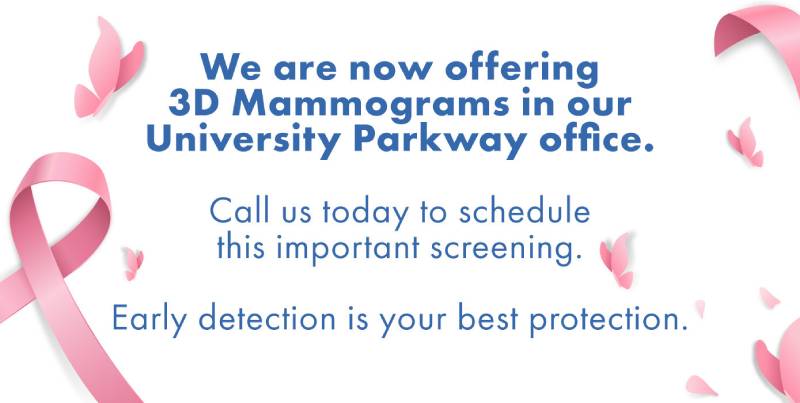There are many different potential causes of a vaginal rash, from autoimmune conditions and parasites to sexually transmitted infections. Developing a rash on the vaginal area warrants a visit to the doctor as soon as possible. The appropriate vaginal rash treatment will depend on what triggered the rash in the first place.
Common Symptoms of Vaginal Rash
Rash on the vaginal area typically causes discomfort and itchiness, but scratching the rash can only make it worse. The following symptoms are often a sign of vaginal rash:
- Burning and/or itching
- Irritation and inflammation
- Sores, lesions, and/or blisters
- Skin discoloration in the affected area
- Unusual odor and discharge
- The painful sensation during intercourse
- Discomfort and/or pain when urinating
- Enlarged lymph nodes
- Pain in the pelvic area
- Fever
Potential Causes of Vaginal Rash

In most cases, what’s causing the rash around the vagina is easily curable and generally nothing too serious. Still, some underlying conditions could be more serious.
Contact Dermatitis
One of the most common types of vaginal rash occurs because of contact dermatitis. Not only does it affect adults, but children too. Basically, the contact dermatitis and rash on the vaginal area are triggered by the allergic reaction to chemicals in skincare and cleaning products. Aside from stopping the use of the allergen, topical steroids are an effective vaginal rash treatment in this case.
Vaginitis
Vaginitis is another big cause of rash around the vagina. It’s mostly triggered by bacteria or yeast overgrowth. However, it can also develop due to trichomoniasis that spreads through intercourse. Prescription antibiotics and antibacterial creams are the typical vaginal rash treatment in this case, but yeast infections can be treated with available OTC antifungals as well.
Sexually Transmitted Infections (STIs)
Among the different types of vaginal rashes, it’s also possible to develop it as a symptom of an STI. There are several different STIs that could cause a vaginal rash, namely genital herpes, syphilis, and genital warts. Prescription drugs and antibiotics can help relieve the symptoms but depending on the contracted disease; other treatments might be necessary as well.
Parasitic Infections
Some parasites could also lead to a vaginal rash. They can spread through sexual contact but also infested clothing, towels, bedding, and similar. The most common types of vaginal rash in this regard include scabies (mites) and pubic lice. There’s a specific treatment solution for scabies called scabicide, while lice can be treated with OTC meds.
Other conditions that could cause the vaginal rash to develop include:
- Skin issues like psoriasis, neurodermatitis, lichen planus, and lichen sclerosus
- Swelling of the glands known as Bartholin’s cyst
- Irritation from shaving or tight clothing/underwear
- Vulvar ulcers
Home Remedies to Treat Vaginal Rash
In case the vaginal rash isn’t contagious or caused by some serious condition such as an STI, there may be some practices that you can do on your own at home that could help relieve some of the symptoms. Essentially, your goal should be to stop the itching without resorting to scratching the irritated area.
- Start by getting rid of all potential skin irritants such as soaps, detergents, wash gels, lotions, etc.
- Opt for loose-fitting clothes and underwear made of cotton; stay away from synthetic materials.
- Unless it’s recommended by the doctor, don’t douche on your own accord.
- For skin care products that you use in the immediate vaginal area, choose ones for sensitive skin that are fragrance-free.
- Enrich your diet with probiotics such as yogurt to minimize the risk of yeast infections.
- If you’re taking antibiotics for whatever reason, make sure to take a probiotic with it as well.
- After the bowel movement, make it a point to wipe from front to back; this prevents bacteria transfer.
- To protect yourself from sexually transmitted diseases, always use a condom during intercourse.
- If you’re dealing with a rash, taking an oatmeal bath can relieve the itching sensation.
- Bacterial and yeast infections can be combated with boric acid suppositories.
- Natural antifungal products such as tea tree and coconut oils can also help with itchiness and inflammation.
- Applying a cold compress to the itchy area can provide relief and even boost the effect of corticosteroids.
When to See a Doctor?
In case you’ve never had a vaginal rash before, it’s crucial to report it to your doctor as soon as possible. That way, they can identify the cause of this rash and start you on the right treatment sooner than later. Depending on what’s the suspected cause of the rash, you may have to see a dermatologist, gynecologist, and an infectious disease specialist. Once the issue triggering the rash is identified and diagnosed and you receive treatment instructions, you’ll be able to manage it on your own in most cases. What’s more, for some conditions, such as yeast infections, you’ll know what has to be done if it happens again.
To diagnose the cause of the rash in the vaginal area, the doctor will have to inspect it visually as well as take a sample of the inflamed skin/discharge for lab analysis. If STIs are suspected, it might also be necessary to do some blood tests. Of course, you’ll have to relay your medical history as well.
Vaginal Rash Prevention Tips

If you’re worried about a vaginal rash, there are plenty of things you can do to protect yourself from developing it. For starters, proper hygiene is absolutely essential. Wash the vaginal area with warm water and mild soap, and make sure to dry yourself properly afterward. Never stay in wet swimsuits and sweat-soaked workout clothes for too long. Being at the ideal weight for your body type, together with following a healthy diet, can significantly reduce the risk of vaginal rashes and infections, too.
Aside from the mentioned essentials, there are other things to keep in mind as well, namely:
- Always use a condom while engaging in sexual intercourse.
- Stay away from products that are full of irritants when buying your skin care, detergents, soaps, etc.
- Avoid sharing your clothes and towels, and especially your underwear, with other people.
A vaginal rash may be rather uncomfortable, but it’s also treatable. Once the cause is identified, adequate treatment and home remedies can alleviate the symptoms fairly quickly. Even in cases when there’s no cure, such as psoriasis and herpes, the right meds can effectively manage the condition. However, to prevent the rash from causing more discomfort and other health issues, it’s essential to visit a doctor as soon as you notice the symptoms. There’s nothing to be embarrassed about when your health and well-being are concerned. That said, you can always reach out to us at University Park OBGYN. Our expert and experienced physicians will provide you with tailored care, professional service, and a friendly approach. We have helped many women reach their optimal gynecological health, and we’re confident we can do the same for you.


